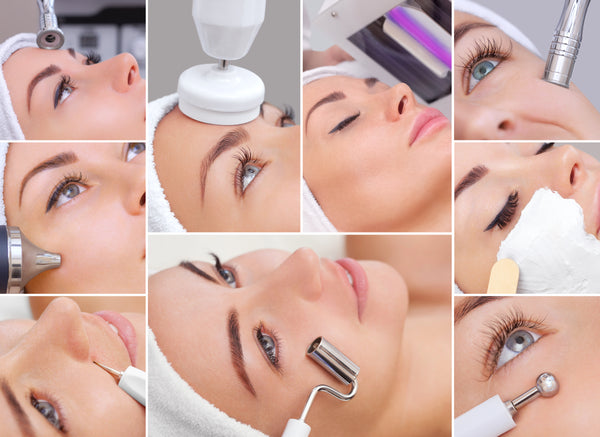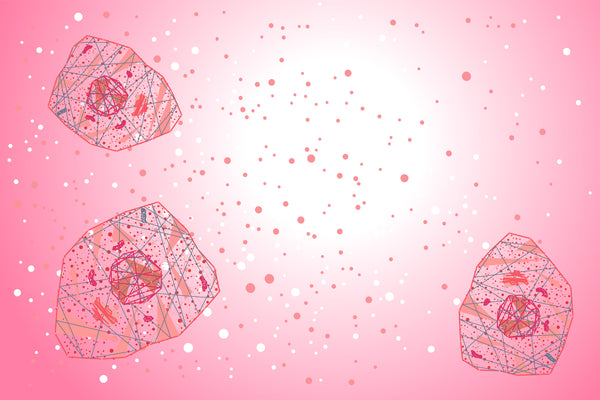Cleansing is a basic step of any skin care routine, but not all cleansers are created equal. It is important to understand the types of cleansing agents available for suitable recommendations. It is well- known that if we don’t cleanse away the impurities that accumulate on the skin it could lead to congestion, acne lesions, and a dull appearance. During the day we are exposed to external factors including pollution, touching our face with dirty hands, sunscreens, makeup, etc. Cleansing twice a day will help keep the skin in a healthy state and allow the full benefit of topical products. There are many challenges to getting effective topical ingredients into the skin. In addition to the skin’s effective barrier, oils, dirt, and makeup can all impede product absorption. Surfactants, which stands for surface active agents, are used in cleansers to reduce this build-up.
Surfactants:
Surfactants are most used for cleansing, foaming, and emulsifying; they can also be used for solubilizing, delivery enhancement, thickening, antimicrobial effects, and more. Surfactants have a hydrophilic (attracted to water) head and a hydrophobic/ lipophilic (detracted from water, attracted to lipids) tail. The lipophilic tail is attracted to and surrounds dirt, makeup, and oils. Essentially the tails form around the impurities and encapsulate them. With traditional cleansers, the hydrophilic heads contact water and pull the impurities off the surface of the skin and into the solution to be washed away. There are four types of surfactants with varying properties.
Anionic Surfactants
Anionic surfactants are often the primary cleansing agent in washes due to their ability to lather well. They have negatively charged ions that help to lift and suspend the dirt and oil into micelles. Anionic surfactants are known to be the best foaming agents and are often on the less expensive side. The downside to anionic surfactants is they are harsher making them potentially more irritating. For this reason, they are often combined with non-ionic or amphoteric surfactants to reduce irritation and increase lather.
Examples: Sodium lauryl sulfate, Ammonium lauryl sulfate, Sodium lauryl sulfoacetate
Non-ionic surfactants
Non-ionic surfactants are most commonly used as emulsifiers and solubilizers. They have no charge which means they can be used with any other surfactant. They don’t foam well on their own like anionic surfactants do, but that doesn’t stop them from emulsifying oils. They are known for being gentler, yet more expensive. They are commonly used in baby and facial products. Some non-ionic surfactants can also be in non-foaming and low-foaming formulations.
Examples: Coco glucoside, decyl glucoside, glyceryl stearate
Cationic Surfactants:
Cationic surfactants are often used as emulsifiers, as they blend water and oil well. They are positively charged, which means they can’t be mixed with anionic surfactants due to their opposite polarity. There are varying types of cationic surfactants. Cationic detergents are typically harsh. On the other hand, cationic surfactants used in conditioners smooth the hair, as the positive charge is attracted to the negative wet hair.
Examples: Emulsifiers ending in -quat, Cetrimonium chloride
Amphoteric Surfactants:
Amphoteric surfactants can have a positive or negative charge depending on the pH of the product; when acidic it will have a positive charge, when it is alkaline it will have a negative charge. These are more mild and gentle surfactants. They are typically creamier, there is not much lather and tend to be more expensive. Amphoteric surfactants can even be added to anionic surfactants to reduce the chance of irritation.
Examples: cocamidopropyl betaine, lauramidopropyl betaine, lauramine oxide
Overall, cleansing is an important part of any skin care regimen from home care to the treatment room. A detailed consultation and proper skin analysis can help determine which type of cleanser is best for each client. Each surfactant has its place when it comes to cleansing. Choosing the right surfactants can make a difference between balanced skin and unstable skin. Healthy skin starts with a thorough cleansing to prepare it for the delivery of vital ingredients. It is essential to educate your clients on the importance of having a clean slate with which to work to get the best benefit.



0 comments